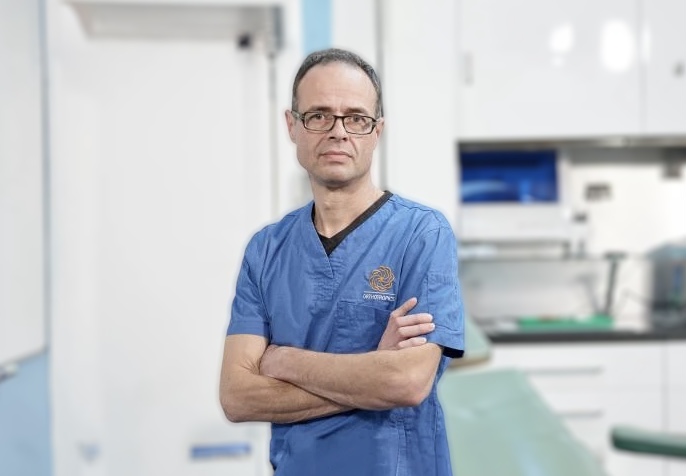Aims
Our campaign aims to make good facial growth a strategic health priority in two ways.
Firstly, through the implementation of an early years education programme, and
Secondly, through getting Public Health England to make research, analysis and treatment policy in this area part of their next strategic plan.
If we can achieve this, we believe that it will be possible to significantly reduce the number of people requiring intervention for crooked teeth, sleep apnoea, Temporomandibular Joint Dysfunction and many other associated health conditions. Please support our campaign by signing the parliamentary petition and following us on facebook.

